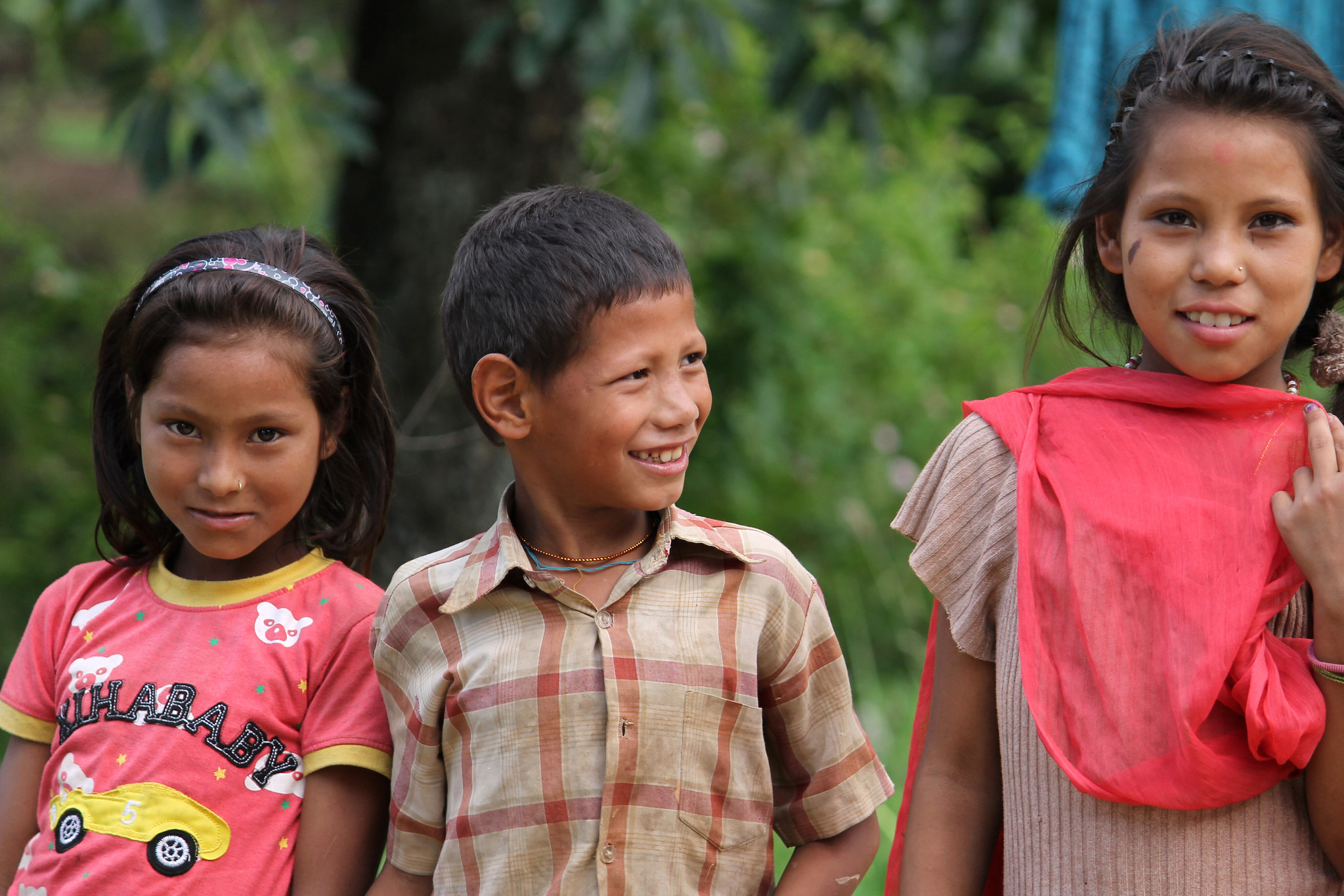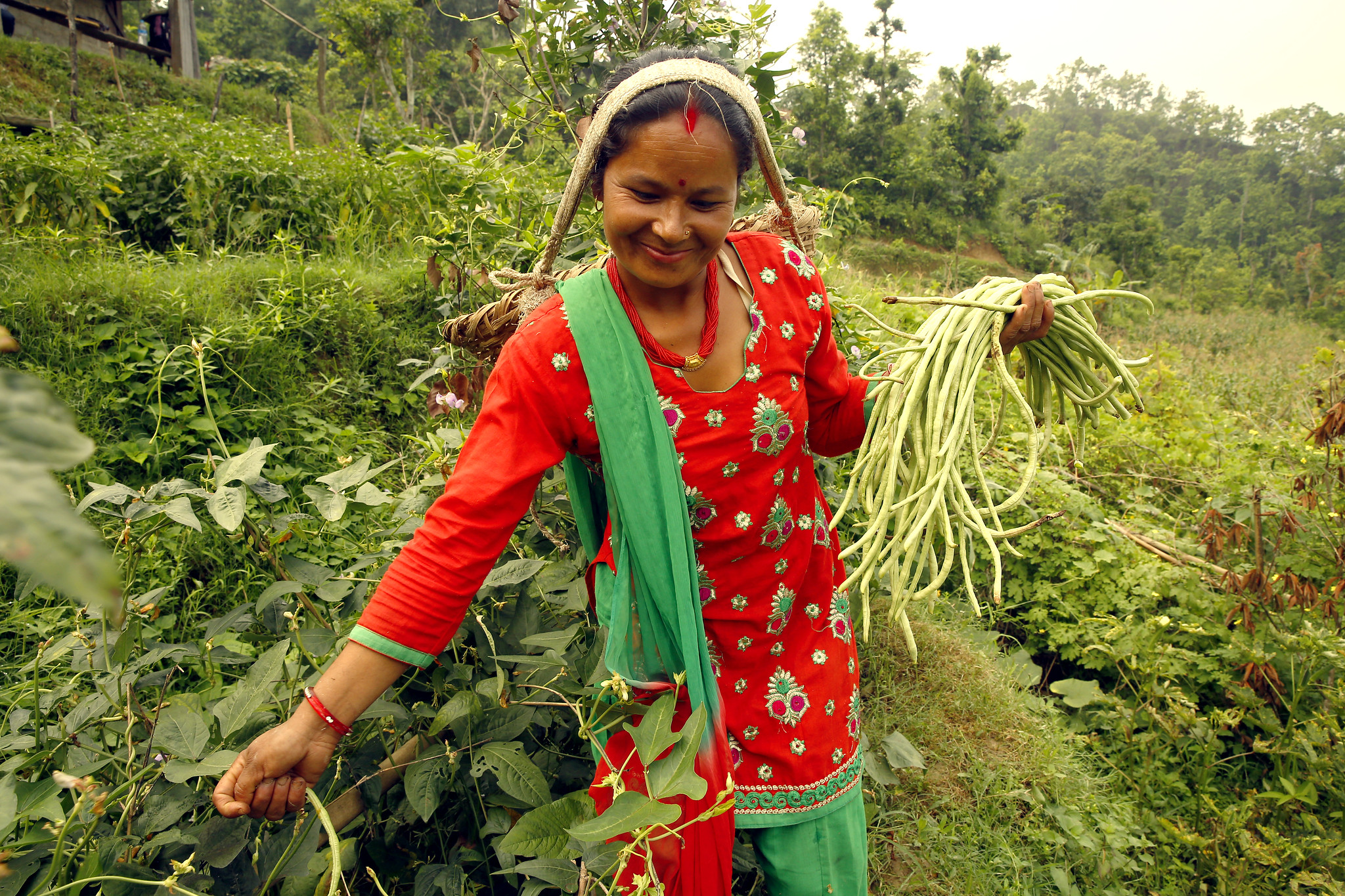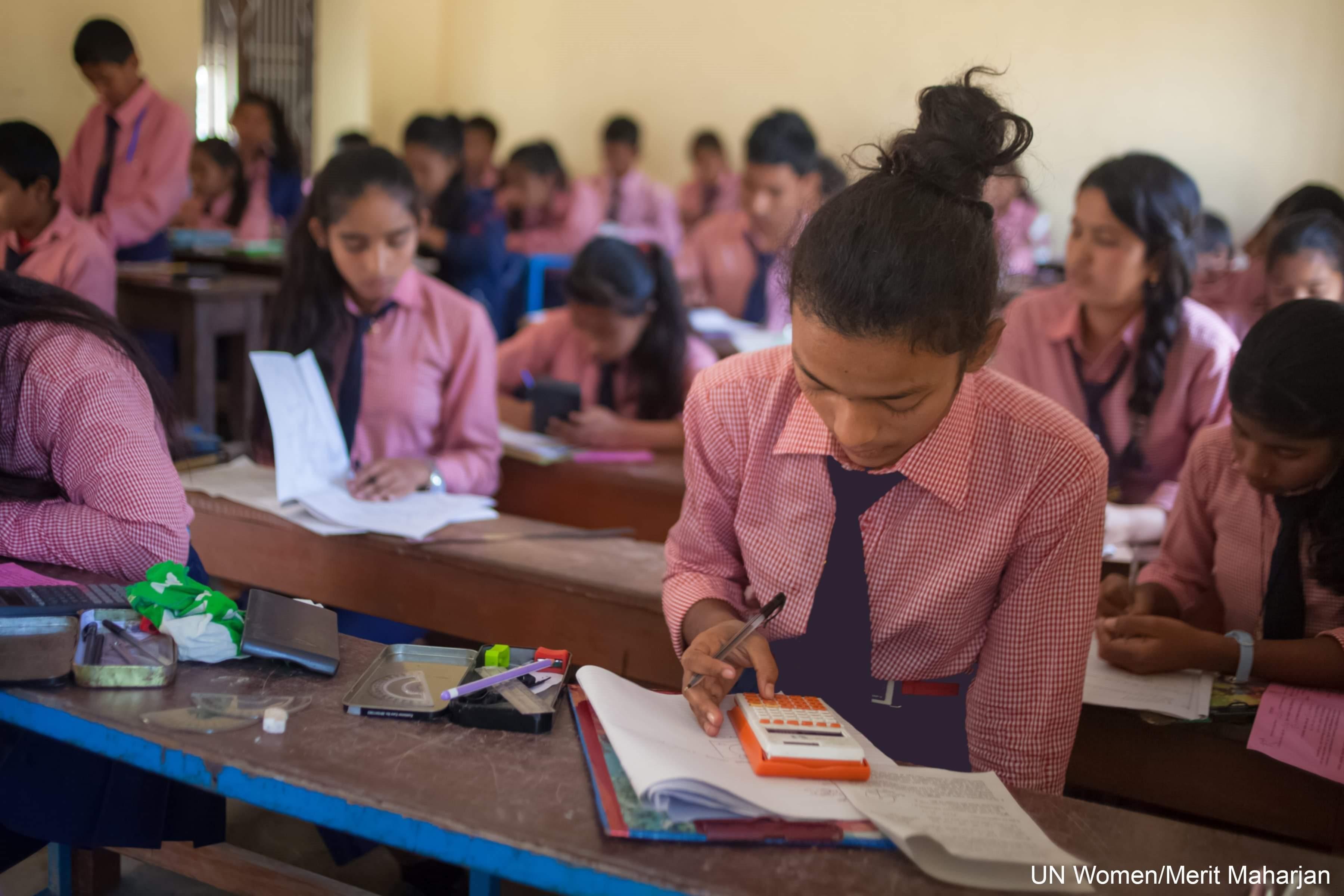The challenges
Despite political will to monitor gender equality commitments, gender statistics are weak or lacking in Nepal. The National Strategy for the Development of Statistics does not specifically mention gender statistics. Due to ever-increasing demands for data and recent reforms, the mandate to produce statistics has been extended to several institutions, rendering the Central Bureau of Statistics (CBS) less effective as a leader and coordinator. Its budget has decreased, while other ministries and agencies have no specific budgets for statistical activities.
The Women Count response includes
Ensuring that the Statistics Act implementation integrates a gender perspective, designating core staff and resources for such efforts, and advocating for the national statistical strategy to explicitly include a gender statistics action and financial plan;
Revising and adopting a minimum set of gender indicators as a guide for the federal, provincial and local production and compilation of gender statistics; and
Establishing a coordination mechanism for producing and disseminating gender statistics and capacity-building in relevant offices.




